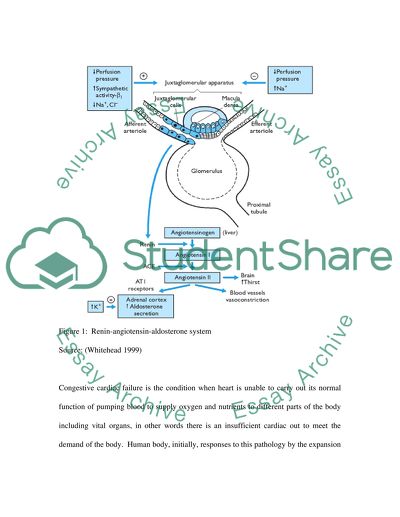Cite this document
(“The utilization of ACE inhibitors in Congestive Cardiac Failure Essay”, n.d.)
Retrieved de https://studentshare.org/miscellaneous/1523532-the-utilization-of-ace-inhibitors-in-congestive-cardiac-failure
Retrieved de https://studentshare.org/miscellaneous/1523532-the-utilization-of-ace-inhibitors-in-congestive-cardiac-failure
(The Utilization of ACE Inhibitors in Congestive Cardiac Failure Essay)
https://studentshare.org/miscellaneous/1523532-the-utilization-of-ace-inhibitors-in-congestive-cardiac-failure.
https://studentshare.org/miscellaneous/1523532-the-utilization-of-ace-inhibitors-in-congestive-cardiac-failure.
“The Utilization of ACE Inhibitors in Congestive Cardiac Failure Essay”, n.d. https://studentshare.org/miscellaneous/1523532-the-utilization-of-ace-inhibitors-in-congestive-cardiac-failure.


